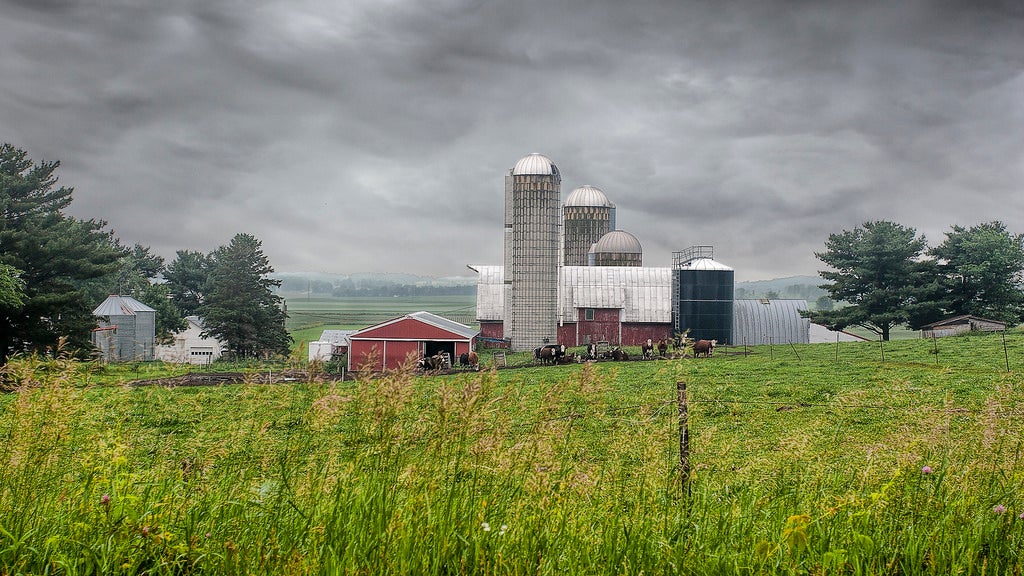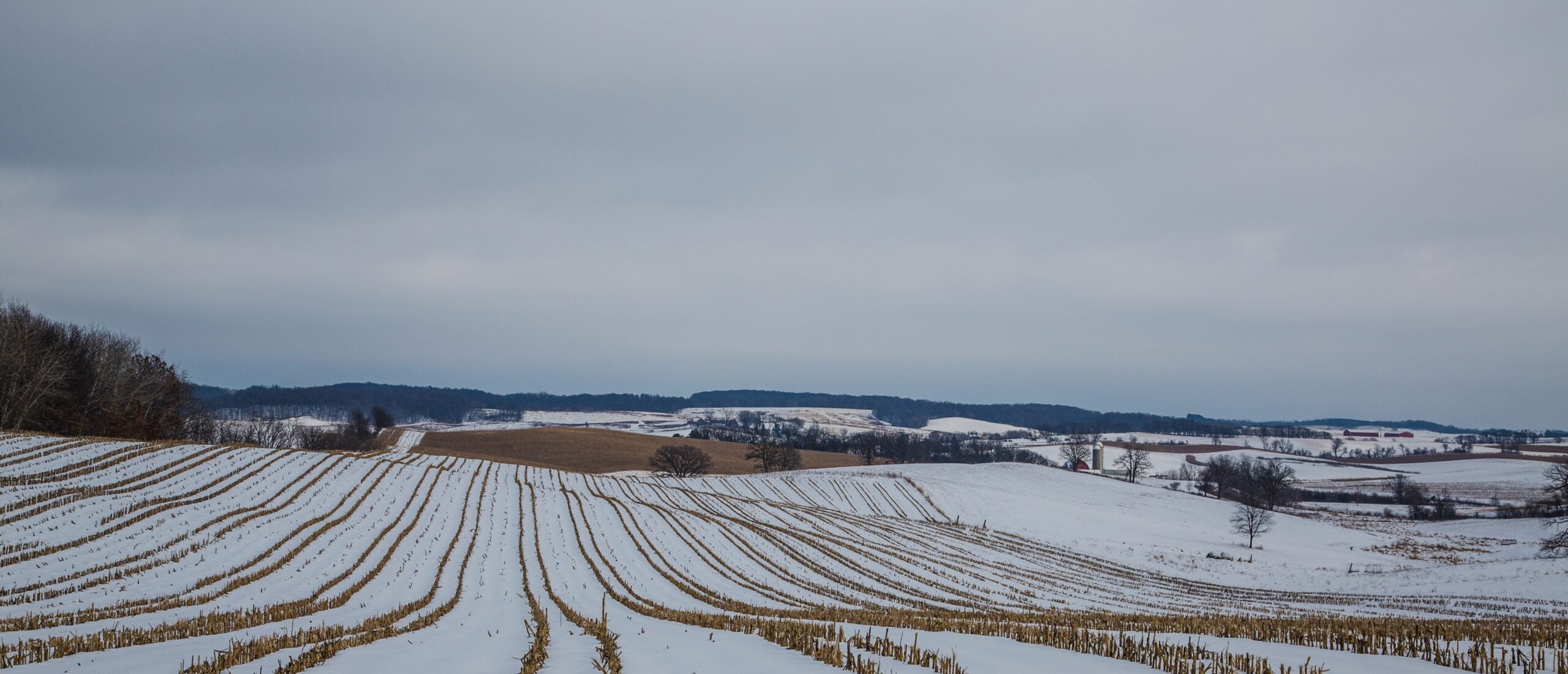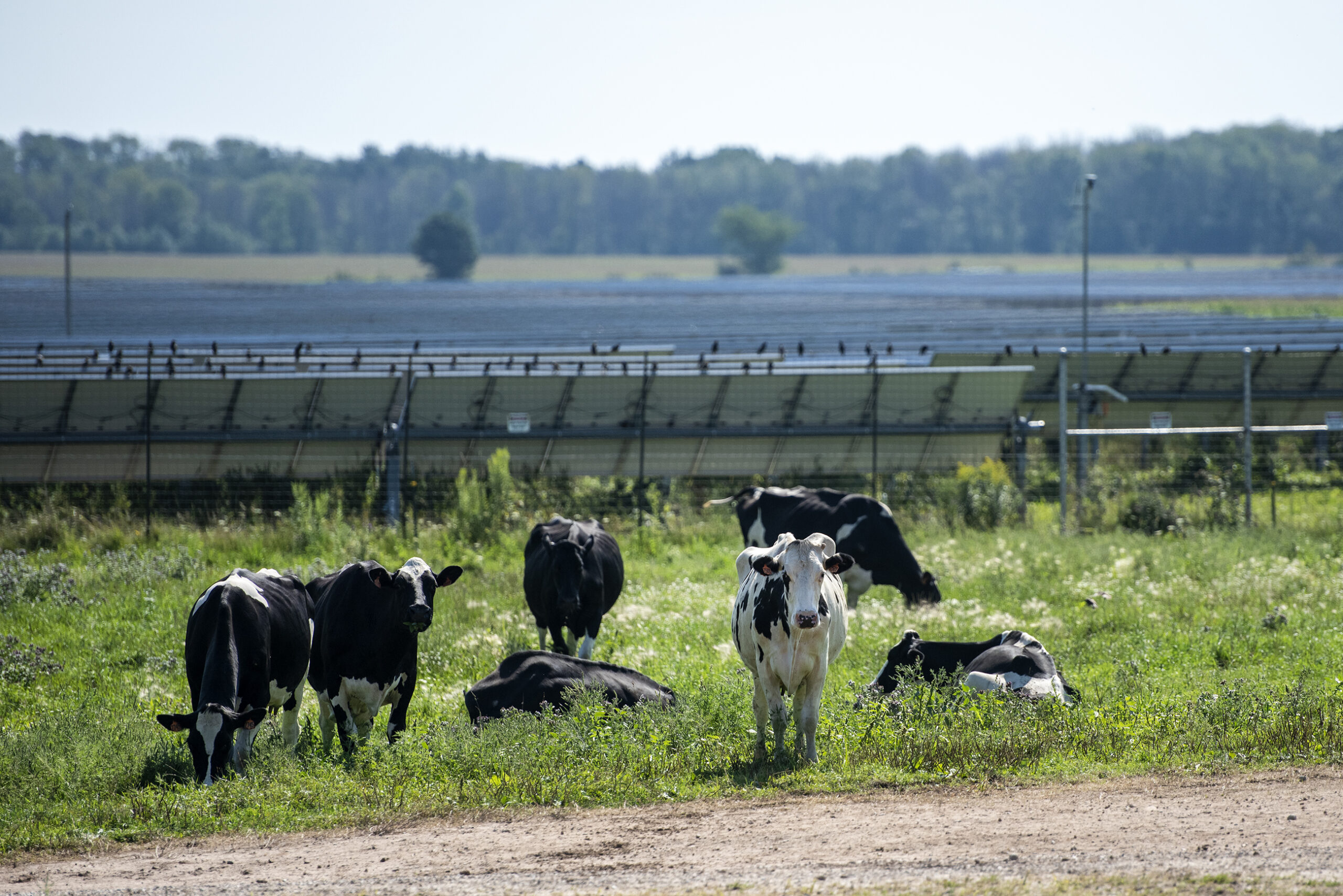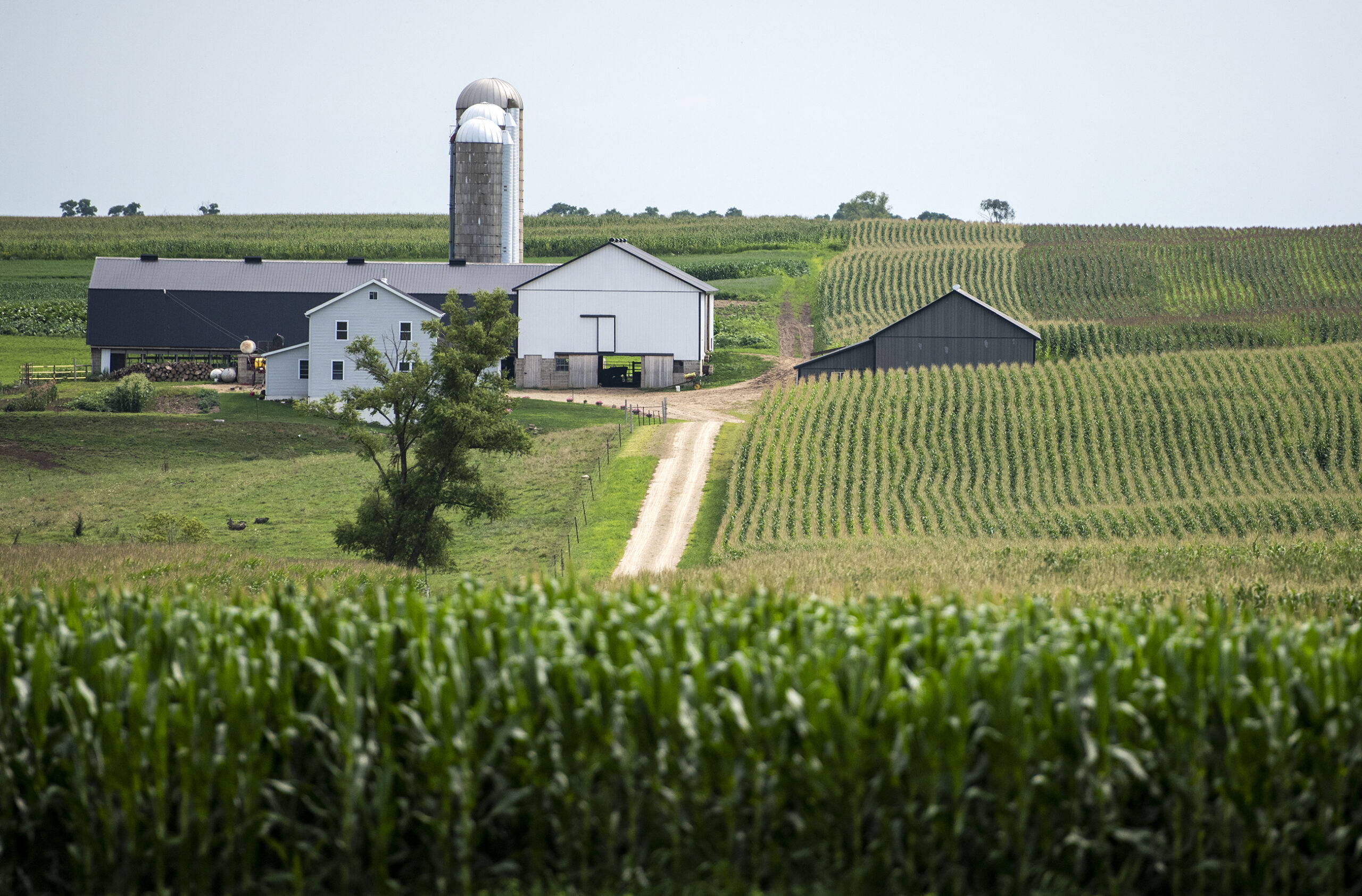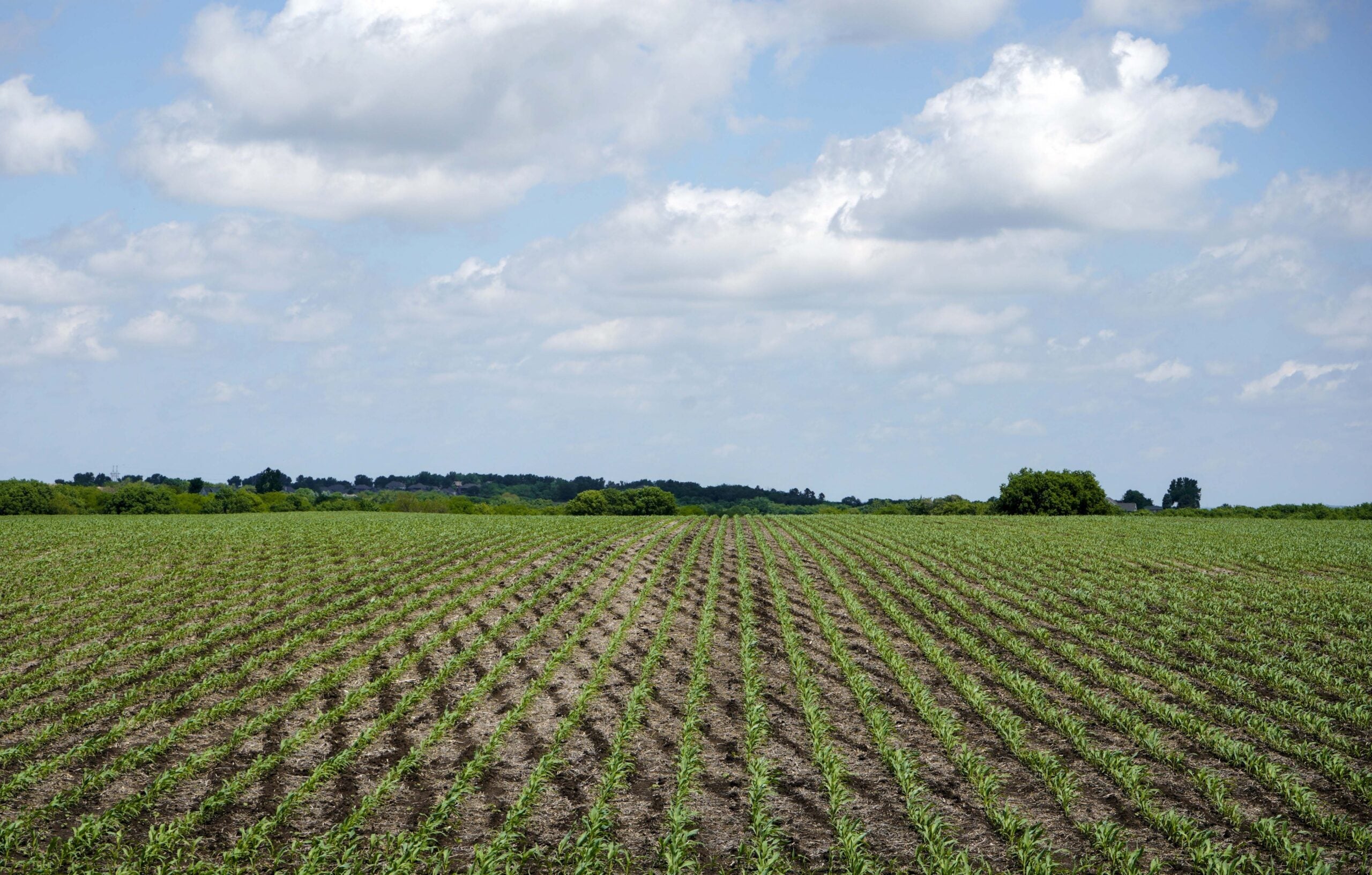Wisconsin has doubled the amount of land in the state that can be designated an agricultural enterprise area. The designation is one tool communities can use to help preserve farmland.
To form an agricultural enterprise area, or AEA, at least five farmers enter into a voluntary partnership and pledge to keep their land agricultural for 15 years. The landowners and local governments then petition the state to designate the land an AEA.
In turn, the farmers can receive a tax credit of up to $10 per acre.
Stay informed on the latest news
Sign up for WPR’s email newsletter.
Wisconsin recently increased the amount of land that can receive the AEA designation from 1,000,000 acres to 2,000,000.
Coreen Fallat, the AEA program manager for Wisconsin’s Department of Agriculture, Trade and Consumer Protection, says the program has been growing in popularity. She says it builds upon Wisconsin’s original farmland preservation program, which protects dwindling agricultural lands.
“That’s still important today, but there’s the recognition that it’s also important to preserve the industries and the businesses that support those farm businesses,” Fallat said. “Without support industry, processing industry—without those ag-related businesses that the farmers need—you can’t have a strong, viable agricultural economy.”
Nate Olson is the Land Resources and Parks Department senior planner in Dodge County, where there are five AEAs. He says the landowners have been the driving force in getting the designation.
“The availability to get a tax credit and turn it in to an agreement was a big part of it, in some of these areas,” Olson said. “Designating an AEA does help support the ag industry and show that local commitment.”
Olson says it’s too early to tell how the program will affect future development in Dodge County.
Wisconsin Public Radio, © Copyright 2024, Board of Regents of the University of Wisconsin System and Wisconsin Educational Communications Board.

